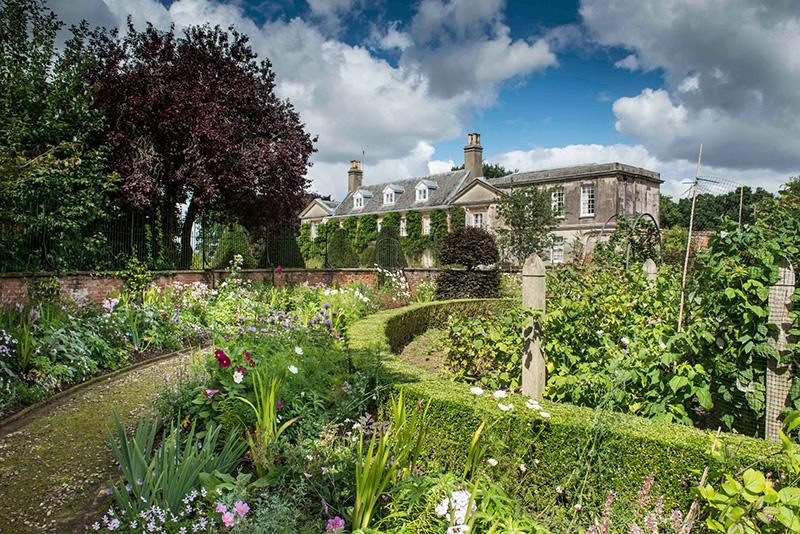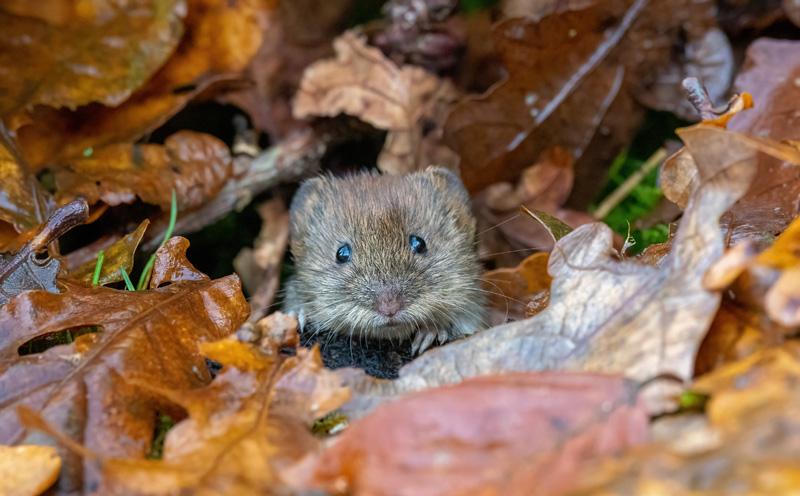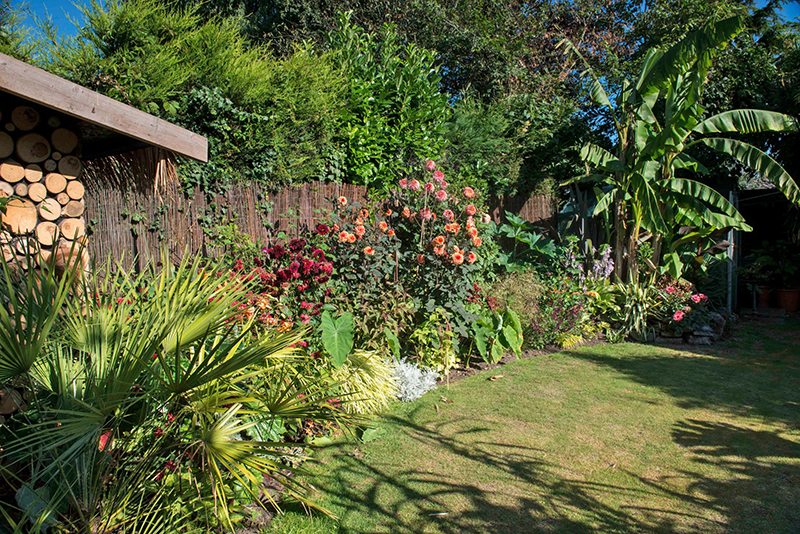 CONSERVATION MANAGEMENT IDEAS FOR OCTOBER
CONSERVATION MANAGEMENT IDEAS FOR OCTOBER
This month’s conservation management ideas, provided by the RSPB, will help you plan ahead and identify specific areas of the farm that can be managed for wildlife.
Put out grain waste for farmland birds
Putting out grain waste (or pure grain if screenings not available) along a farm track through the winter provides important seed food for some declining farmland birds, such as yellowhammer and tree sparrow.
Avoid tree planting or pond creation on areas with existing wildlife interest
Tree planting and pond creation can significantly boost the wildlife on a farm holding, but it is important to check that the site does not already have important wildlife that would be lost if converted to woodland or open water.
Rotational management of hedges is better for wildlife
The berry crop and the insect life of hedges that are trimmed every 2-3 years is significantly better than that of hedges that are trimmed annually. Hedgerow work is best done in January or February.
Retain areas of winter stubble
Winter stubbles provide seed food for birds in the form of spilt grain and seeds of weeds that germinated with the preceding crop.
Rodent control
New ‘second generation’ rodenticides, such as brodifacoum, bromadiolone and difenacoum, are much more toxic to domestic animals, birds of prey and other wildlife than warfarin, so these will need to be managed with extreme care.
For more information go to www.thinkwildlife.org.uk
If these management ideas pose any questions, then post them on the discussion forum on www.farmwildlife.info to get your answers.









